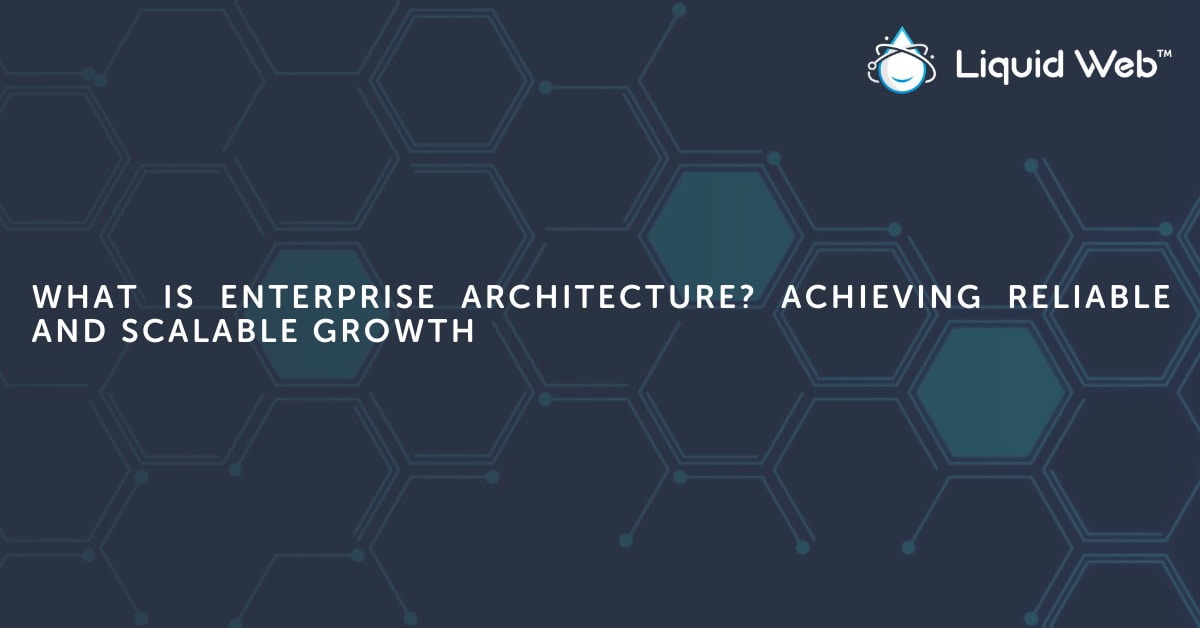
Enterprise architecture can help the various departments in your business to better understand your business model and to articulate various challenges and risks. It’s due to this that enterprise architecture can play a significant role in unifying and coordinating departmental processes throughout your business.
Having the ability to access and understand your capabilities can also help you to spot any issues within your business framework, and to make better-informed decisions in bridging the gaps that have been identified.
But what is the definition of enterprise architecture? And how does the practice help to pave the way for more functional and digitized operating models?
Let’s take a deeper look into how enterprise architecture can bring reliable and scalable growth for businesses.
What is Enterprise Architecture?
So, what is enterprise architecture? As a tool for businesses, enterprise architecture acts as a conceptual blueprint that can help to clarify the structure and operation of organizations.
Enterprise architecture can help organizations determine how they can accomplish their goals. The practice also helps businesses with the process of analyzing, planning, designing, and, ultimately, implementing new strategies based on the quality of the insights available to them.
Furthermore, enterprise architecture helps businesses that are embarking on a digital transformation, a process that’s become more pertinent in the wake of the COVID-19 pandemic and subsequent lockdowns keeping individuals indoors. This is based on enterprise architecture’s ability to bring together legacy applications along with other modern processes to leverage seamless integration.
The implementation of enterprise architecture can vary based on how they’re applied by each organization. This means that different businesses can have different interpretations of how enterprise architecture works for them.
For instance, programmers may identify enterprise architecture as more infrastructure, application, and management-based components under their control, while others can use the process as a tool for business structure analysis.
Goals of Enterprise Architecture
The applications of enterprise architecture are far-reaching, meaning that enterprise architects can seek to achieve a variety of goals within the frameworks developed.
These objectives can involve aiding the enterprise architecture team in defining and explaining gaps in their information system, or they can focus more on developing a consistent application design across all delivery projects within the organization. This task has become increasingly important in the age of digital transformation.
Enterprise architecture goals can also revolve around reducing the costs associated with the delivery of projects, or helping to accomplish a specific business strategy, vision, or target operating model.

As the data above shows, the prevalence of DDoS smart attacks has increased in early 2021, when compared to Q4 of 2020. The average duration of these attacks has become longer than the same stage last year, and the overviews provided by enterprise architecture can significantly help businesses spot holes in their framework and move decisively towards achieving their security goals. DDoS attacks cost small businesses around $123,000 and large enterprises approximately $2.3 million respectively last year alone.
These overviews can also help stakeholders master their solution architecture and to understand the bigger picture around the business. Enterprise architecture helps organizations recognize how new ideas can be incorporated into the company and enable much faster decision-making processes, eliminating the necessity for long studies of information.
Benefits of Enterprise Architecture
Enterprise architecture can offer support for re-designs and reorganization within business structures and can be especially useful during periods of change, such as acquisitions or mergers. It can also help to implement more discipline for organizations by generating a standardized procedure for consolidating processes.
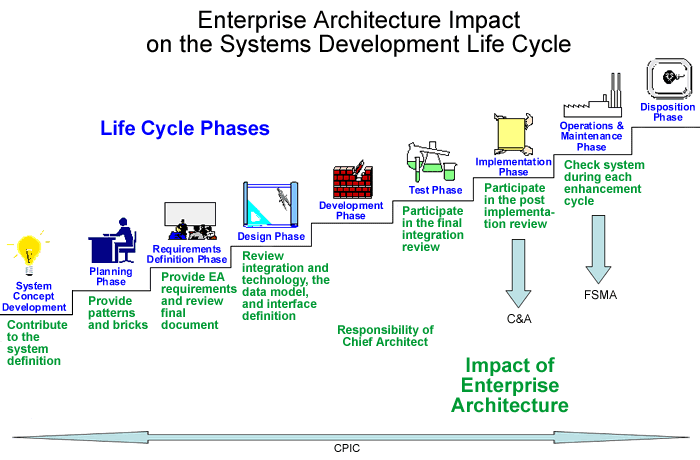
Another key benefit of enterprise architecture can be found in its applications within system development, IT management, and organizational decision making. In terms of troubleshooting, it can also enable a level of risk management by spotting prospective system failures, security breaches, and unidentified errors. By generating a comprehensive architecture overview, businesses can navigate complicated IT structures or make IT systems more accessible to other business units.
Due to its potential to positively impact many processes within organizational frameworks, there are plenty of benefits to the adoption of a modern IT architecture, including:
- The ability to enable more open collaboration between IT and business units.
- Allowing businesses to develop the ability to appropriately prioritize their investments.
- Enabling organizations to better evaluate their existing architecture models against their long-term ambitions.
- Establishing processes to evaluate business capabilities and existing data models, and to procure technology.
- Offering more comprehensive overviews of IT architecture to business units away from IT departments.
- Leveraging a benchmarking framework to compare results alongside other organizations or industry standards.
Enterprise Architecture Implementation Methodology
One of the most effective methods of implementing enterprise architecture across teams is to look beyond the teams themselves. With cloud computing evolving faster by the year, it’s vital to consider how enterprise architecture can impact your organization as a whole.
Most importantly, consider what your goals are and focus on optimizing your process as a means of achieving your ambitions.
For instance, this holistic approach can help to put your customers first, and better interact with them. Your architecture development method enables a more comprehensive view of your business strategy that brings PR and marketing departments into play alongside development teams.
Another key implementation strategy can be found in creating enterprise teams for each department. These specialized teams will have more access than other departmental members and can facilitate department projects based on the information that’s been acquired from other departments. Enterprise team members behave in a similar way to managers, but are generally more hands-on.
Although the introduction of new specialist teams could cause concern among departmental managers, they wouldn’t exist to take power away from existing hierarchies, and instead, help departments to achieve common goals.
4 Methodologies for Enterprise Architecture Frameworks
Enterprise architecture typically takes the form of one of these four key framework systems, each with its own methodologies and strengths.
1. The Open Group Architectural Framework
The Open Group Architectural Framework (TOGAF) is one of the most common framework structures available today. In fact, TOGAF accounts for more than 80 percent of the entire business framework structure.
This framework is a comprehensive solution, has a common vocabulary for enterprise architects to use, recommended standards and compliance methodologies, suggested software and tools, and a method to define best practices.
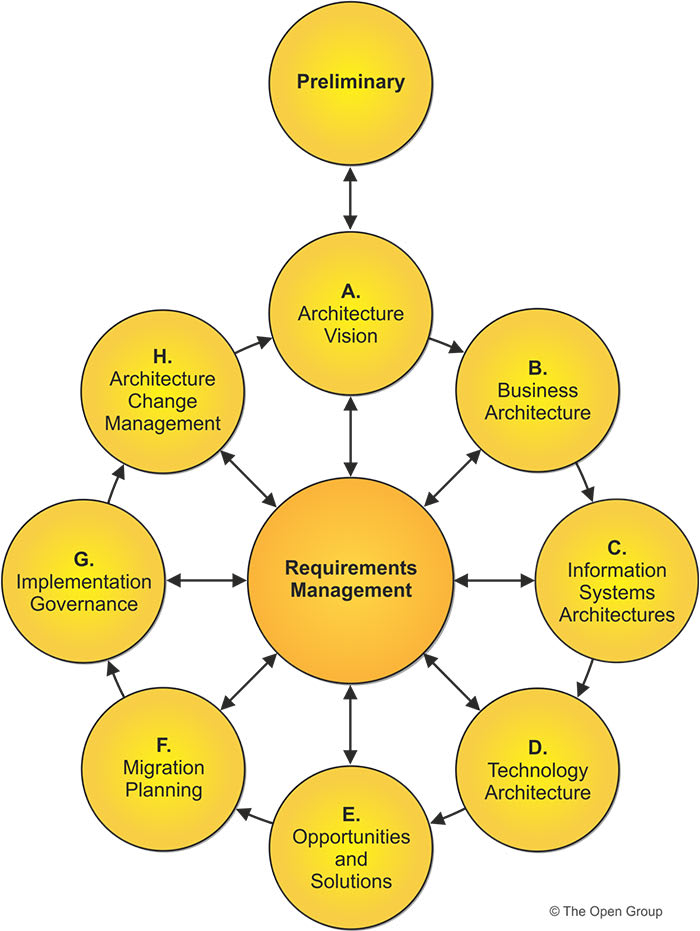
TOGAF is a key framework for creating independent architecture, and can generally be regarded as an engine as much as a framework architectural development method.
2. The Zachman Framework
The Zachman Framework relies on the methodology of taxonomy to arrange a huge variety of documents and materials into categories that suit them. This approach goes further than IT and offers structural connections into any aspect of an organization.
3. Federal Enterprise Architectural Framework
Weighing in as one of the most recent methodologies for enterprise architecture, the Federal Enterprise Architectural Framework (FEA) helps to organize various agencies and organizations under the US Federal Government’s control.
Interestingly, the FEA blends some of the best features of TOGAF and the Zachman Framework with five reference models. These reference models cover business, service, components, technical, and data. The FEA also utilizes a segment model as a means of creating a fresh perspective on how best to install enterprise architecture.
4. Gartner
Finally, Gartner offers something completely different to the aforementioned frameworks and their methodologies. This approach doesn’t conform to typical framework structures, taxonomy, or models.
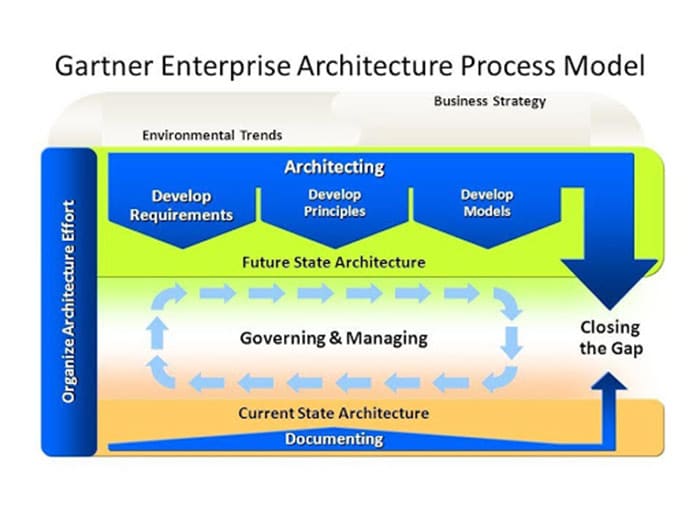
Gartner focuses on a constant state of acclimatization to environments in order to combine business owners, information specialists, and technology into one unified entity to drive scalable growth.
Identifying the Right Methodology
When it comes to identifying the best methodology for you, it’s vital to take some time for introspection and to look at the type and intended direction of growth your business takes as it scales.
It may also be worth tapping into analytical platforms like Google Analytics and Finteza as a means of gaining a comprehensive overview of your business online, and to gauge how your website is used by its target audience.
How VMware Private Cloud Helps
VMware Private Cloud is a service that enables organizations to connect two or more physical servers into one. This allows all resources from physical servers or nodes to be joined together into a single pool of resources that can be distributed across virtual machines that you deploy on your nodes.
For a whole host of businesses, workloads like testing and development are best to run in a private cloud environment, while others can remain in their legacy environment. If businesses are willing to deploy a private cloud as part of a hybrid network architecture, VMware can help to maximize an organization’s agility whilst keeping the whole process cost effective.
VMware’s managed service and quality support can make it much more straightforward for a small or medium business to take advantage of quality technology without having to draw employee time away from their responsibilities.
Enterprise architecture can enable organizations to adopt more holistic approaches to their operational structure. With this technology on their side, it’s possible to secure sustainable and scalable growth across departments without the need for significant restructuring or internal upheaval.
[ad_2]
Source link

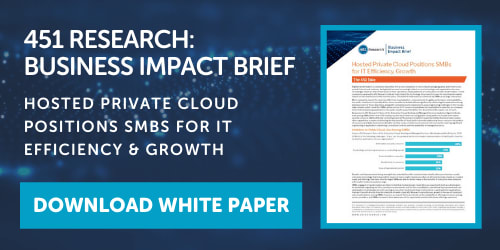
![Enterprise Architecture [Definition, Benefits & Methodologies]](https://dealzclick.com/wp-content/themes/rehub-theme/images/default/noimage_70_70.png)
![Enterprise Architecture [Definition, Benefits & Methodologies]](https://dealzclick.com/wp-content/uploads/2022/01/1643655352_301-Moved-Permanently.jpg)



